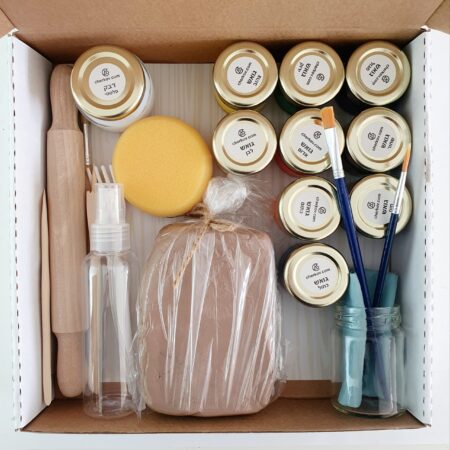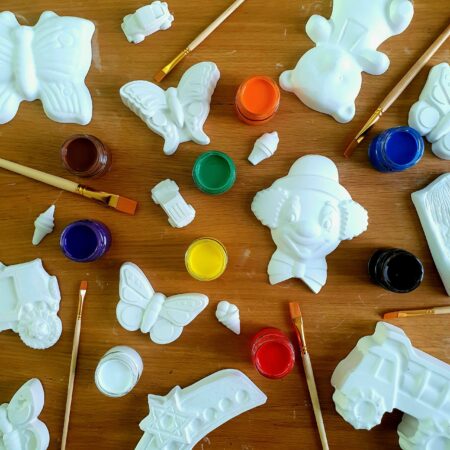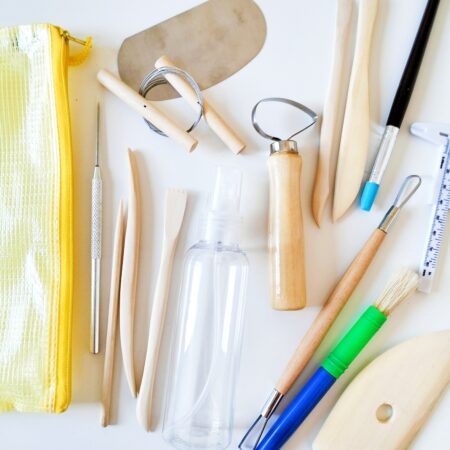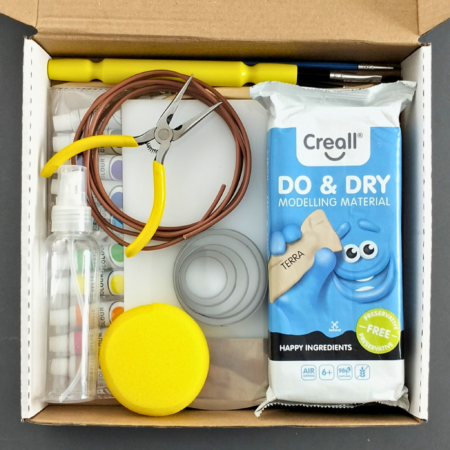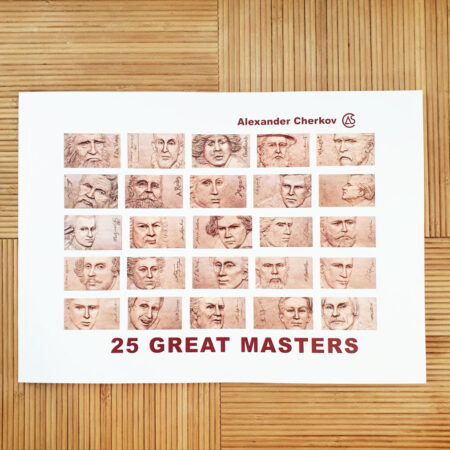Home / PRODUCTS / Sculpture products / Casting plaster 1 kg
Casting plaster 1 kg
Gypsum powder for casting 1 kg
₪20
in stock
- Free shipping on purchases over NIS 300
More information about the product
Plaster for casting 1 kg in plastic buckets. High quality and recommended for castings and sculpting works.
High-quality and efficient casting plaster as a material for making plaster molds for clay sculptures or as a material for casting ready-made plaster molds. When it is poured into a mold, it gets very fine details because the mixture flows and fills every hole in the mold. Ideal for children's plaster works. Simple preparation using only water.
Gypsum for casting is among the most popular and useful materials in art
Plaster designed for castings differs from other types of plaster in that it is harder than normal plaster and less crumbling. When you buy plaster to make a mold for clay sculptures or for children's plaster works, it is advisable to choose high-quality plaster to avoid frustration. Statue molds made of high-quality casting plaster are long-lasting and can be poured into liquid clay content and sculptures can be easily reproduced. Another method of use is pouring into a prepared plastic or silicone mold, or into a plastic bag, a silicone glove and a glove. After the plaster dries inside the mold, gently extract it. The dry plaster can be sanded and shaped as you wish or engraved on it. A ready-made plaster relief or plaster sculpture can be painted with gouache, acrylic, water colors in several layers or sprayed with paint spray.
The process of preparing the plaster for the mold or castings is simple, but requires skill. The liquid gypsum mixture becomes solid relatively quickly, therefore agile work is required. Pour gypsum powder according to the required amount into a container and add water so that it covers the powder and no more than that. Using a putty knife, mix the gypsum powder with the water well, in uniform movements, back and forth. When the mixture is uniform and there are no lumps, shake the container and tap a little on the table. In this way trapped air will rise and come out as bubbles. Pour the prepared mixture into a prepared mold or slap on a clay statue if you are preparing a mold for it. Allow the plaster to dry. During the drying process, the plaster emits heat, which is completely natural. When the plaster is dry and has no moisture, the mold or casting is ready.
Demonstration video of making plaster
Beyond the explanation of plaster »
Beyond the explanation of making a plaster mold for replicating a clay statue »
Delivery options
Home delivery - ₪ 30 | Free with purchases over NIS 300
- Delivery time: Up to 7 business days (up to 10 business days for remote settlements).
- Place of delivery: Customer address
- Delivery method: Home delivery is carried out by a courier on behalf of an external courier company. The delivery time is calculated on the business day closest to the order date and does not include Fridays, Saturdays, holiday eves, holidays, and Saturdays. We make efforts for fast service and usually the order is ready in a shorter period of time.
Dear customers, please note ♥ - due to the security situation, there may be delays in order delivery times
As of January 2024, there is no possibility of self-collection - home delivery only
Related products you might like
Upgraded products
-
- out of stock
Clay sculpture kit for children
- ₪100
- Read more
-
-
- -25%
Plaster model coloring set
- ₪40
- Select Options



